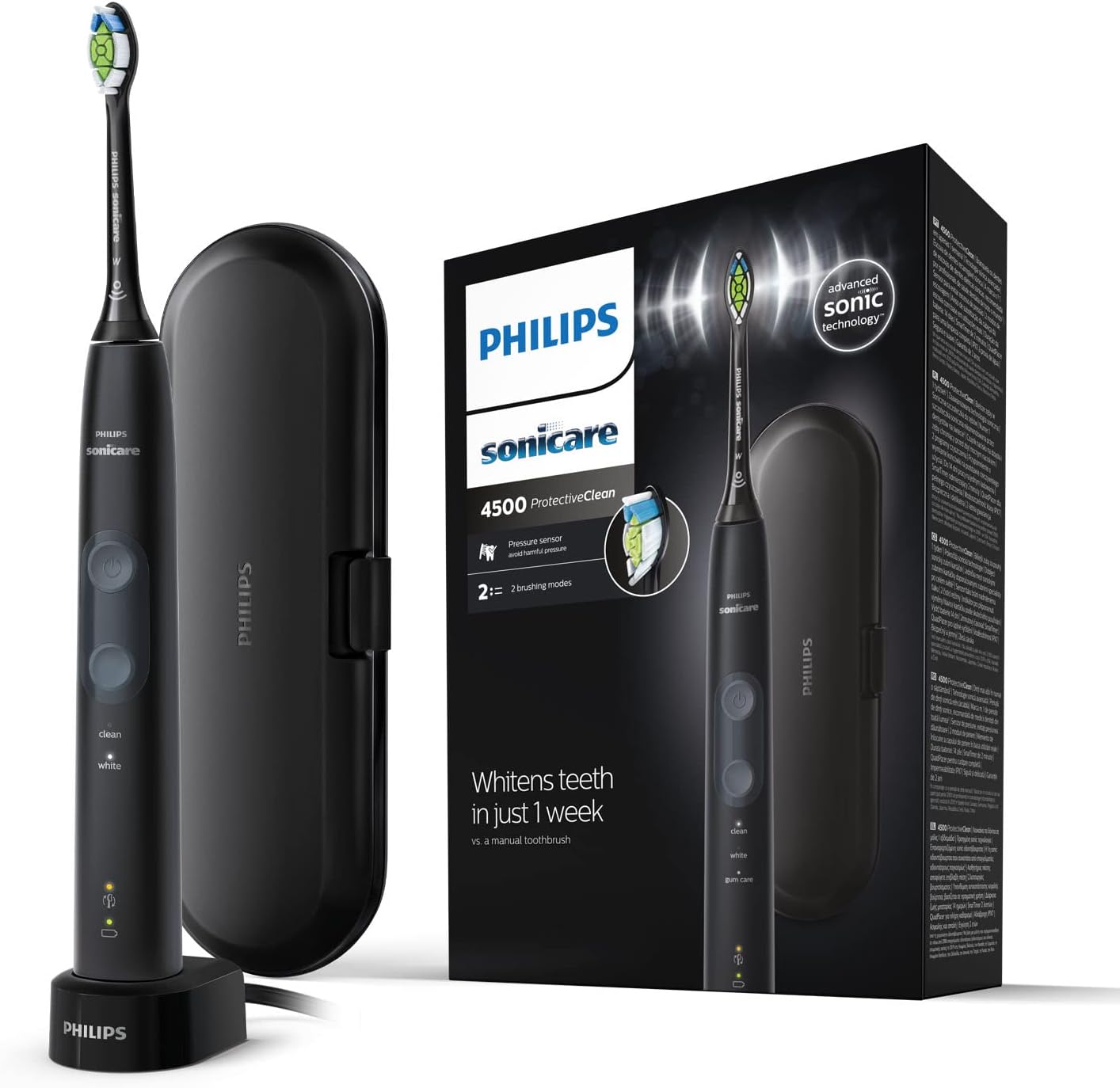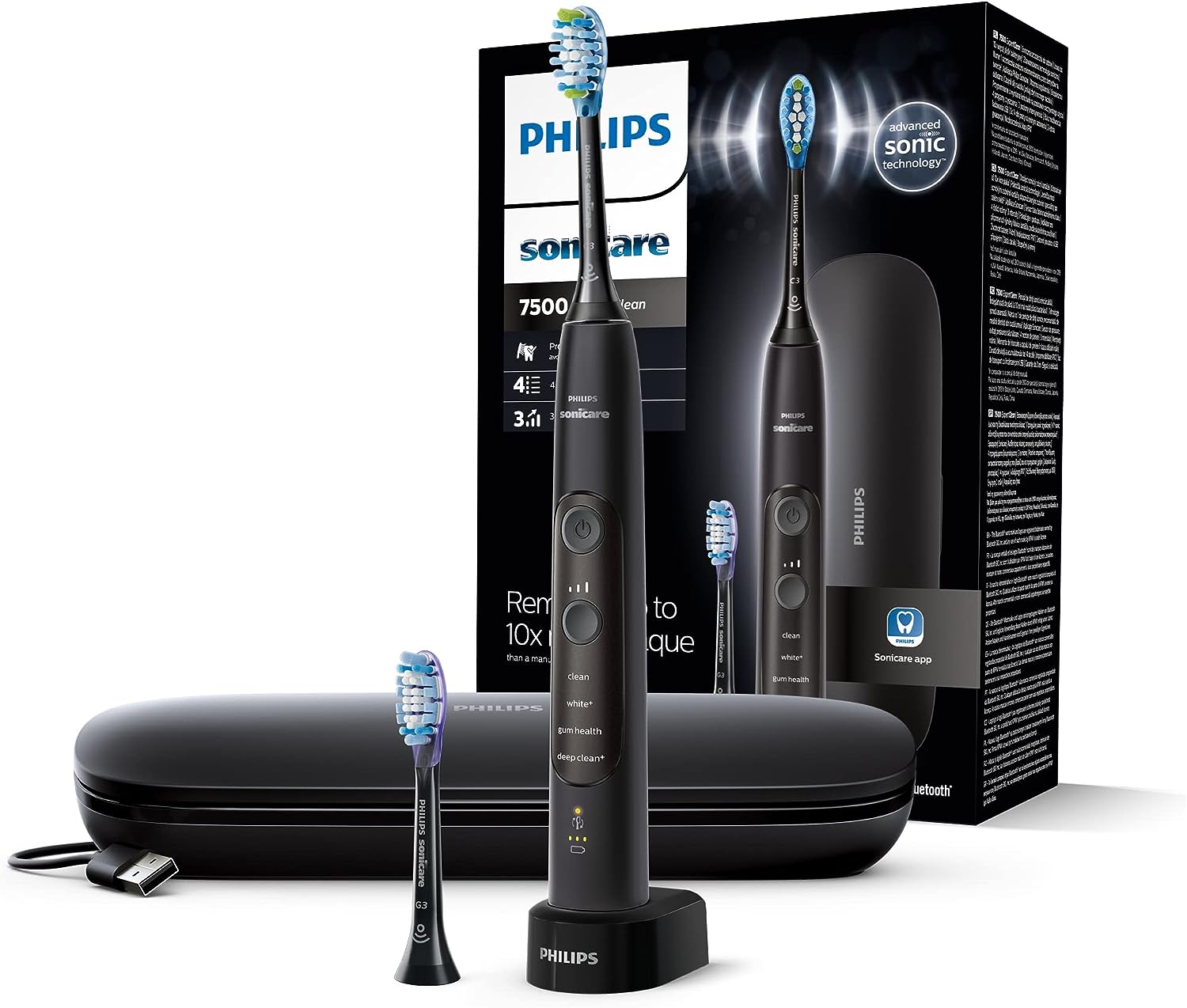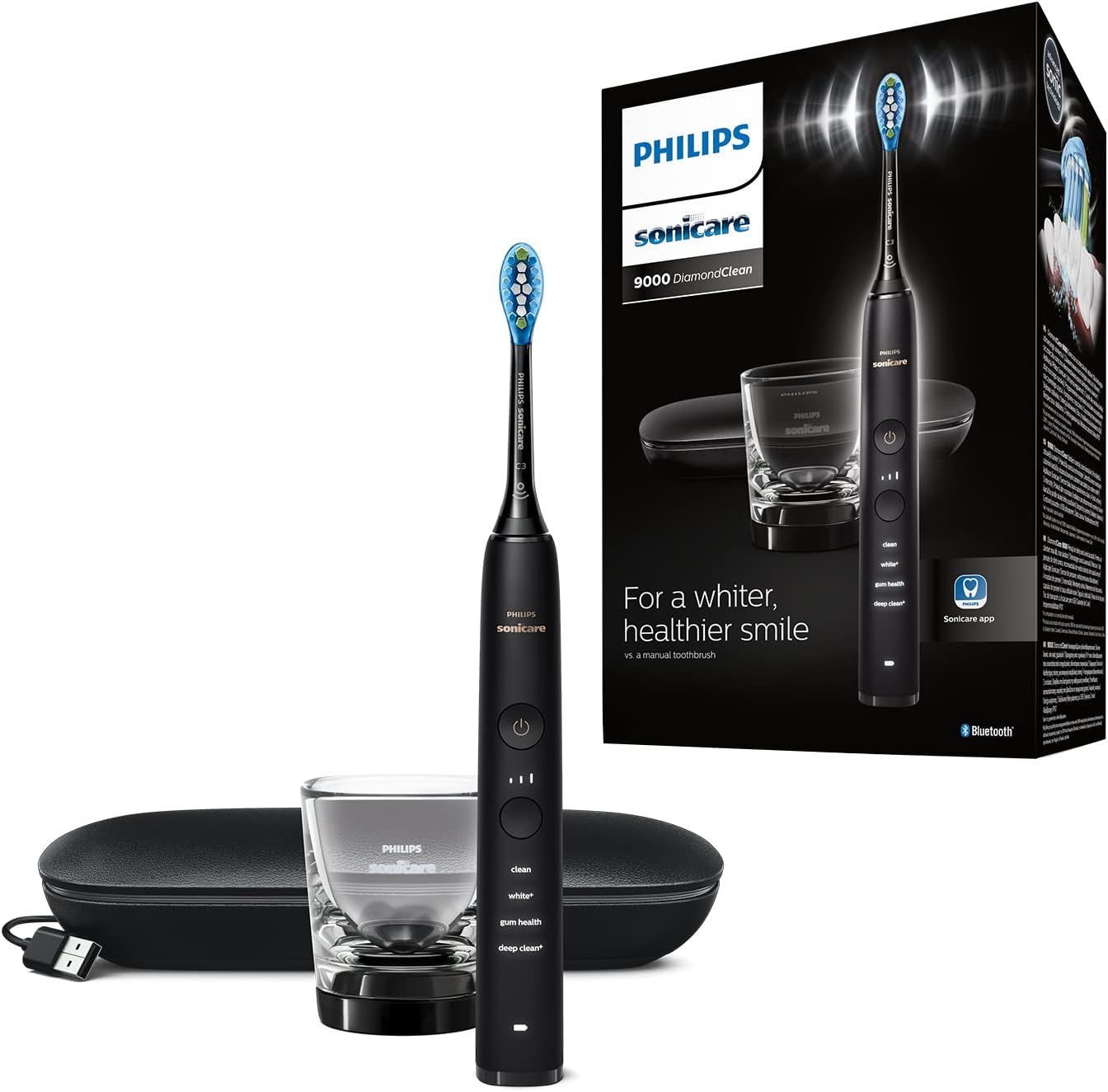|
The simplest! Sonicare ProtectiveClean
Autonomy: 14 days |
Price quality! Sonicare ExpertClean
Autonomy: 14 days |
The most desired! Sonicare DiamondClean
Autonomy: 14 days |
Philips is one of the brands with the greatest reputation and the most trust among users in the toothbrush segment. A large part of this reputation lies in the innovation they apply to their models, which have managed to be, along with those of brands like Oral-B, pioneers in new technologies. Today we want to focus on three electric toothbrushes from the Philips Sonicare range; that is, they work with sonic technology.
Specifically, we have focused on the Sonicare ProtectiveClean, ExpertClean and DiamondClean models. These brushes make up to 62,000 movements per minute, creating a kind of small bubbles that improve cleaning between teeth. However, although they share many similarities, we are going to look in special detail at the differences, because they are what will lead us to choose the most suitable one for us.
One of the main differences has to do with the brushing modes that each model has, with ProtectiveClean being the simplest. Furthermore, while the ExpertClean and DiamondClean allow you to choose between 3 intensity levels, the ProtectiveClean only has 1. On the other hand, it does not have Bluetooth, which prevents it from being synchronized with the Philips Sonicare app, as is the case with the other two brushes. Of course, in compensation, the Philips Sonicare ProtectiveClean is cheaper.
If you want to check all the differences in detail, don’t miss our review!
Sonicare ProtectiveClean 4500 vs ExpertClean 7500 vs DiamondClean 9000 – Comparison Table
In the table below, we summarize the most important features of the three Philips electric toothbrush models. This way, you can check, at a glance, which one is most interesting to you:
(Swipe the table to see all the content)
Sonicare ProtectiveClean
|
Sonicare ExpertClean
|
Sonicare DiamondClean
|
|
| Colors | black and white | black and white | White, black, pink and rose gold |
| Heads | 1 | 2 | 1 |
| Travel case | Yes | Yes | Yes |
| Charging base | Yes | Yes | Yes |
| Autonomy | Up to 14 days | Up to 14 days | Up to 14 days |
| Battery indicator | Yes | Yes | Yes |
| Speed | 62000 movements/minute | 62000 movements/minute | 62000 movements/minute |
| SmartTimer | 2 minutes | 2 minutes | 2 minutes |
| QuadPacer Timer | Yes | Yes | Yes |
| pressure sensor | Yes | Yes | Yes |
| Head shape | Oval | Oval | Oval |
| Replacement reminder | Yes | Yes | Yes |
| Brushing modes | 2 | 4 | 4 |
| Intensities | 1 | 3 | 3 |
| BrushSync Technology | Yes | Yes | Yes |
| Cleaning mode | Yes | Yes | Yes |
| Whitening mode | Yes | Yes | Yes |
| Gum care mode | No | Yes | Yes |
| Deep cleaning mode | No | Yes | Yes |
| Philips Sonicare App | No | Yes | Yes |
| Compatibility | None | Android, iOS 7 or higher, iPhone 4S or higher | Android, iOS 7 or higher, iPhone 4S or higher |
Common sonic technology in all three

It is evident that, as there are three electric toothbrushes in the Philips Sonicare range, all three share sonic brushing technology. That is, in the three models, up to 62,000 movements per minute are produced, which make interdental cleaning much more intense and effective. On the other hand, all three Philips toothbrushes have a pressure sensor that indicates, through vibration, if you are putting too much pressure on your teeth.
In this sense, it should be noted that the three Philips Sonicare have two different timers. On the one hand, the SmartTimer timer is the one that warns when you reach 2 minutes of brushing, which is the time recommended by dentists. And they also have the QuadPacer timer.
This timer r specifies when we should move to the next oral cavity (the mouth is divided into 4 cavities), to remain in the entire mouth for the necessary time. This is very interesting because, although you may not know it, being right or left-handed means that we naturally brush one side of our mouth better than the other. With this sensor, we consciously apply the same time to the entire mouth. In this regard, it should be noted that, as all three brushes have BrushSync technology, in all three it is possible to synchronize the head with the handle.
Brushing modes and intensity
Another differential aspect that can help you choose between these three electric toothbrushes has to do with the brushing modes. The Philips Sonicare ProtectiveClean has 2 brushing modes, cleaning and whitening. The Philips Sonicare ExpertClean and DiamondClean add two more modes, the gum care and deep cleaning mode, making a total of 4. In addition, these two toothbrushes allow you to regulate the intensity in 3 levels, while the Philips Sonicare ProtectiveClean only It has a level of intensity.
Same autonomy, but different charging bases
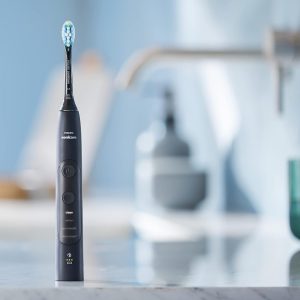
Most Philips electric toothbrushes have a battery life of approximately two weeks, this being the average duration on the market. However, let’s take a close look at the charging bases. The ProtectiveClean and ExpertClean models are equipped with a simple charging base. For its part, the DiamondClean has, in addition to the charging base, a charging cup, so that you leave the brush inside the cup with more stability and, in the meantime, it charges.
When it comes to travel cases, there are also some differences to keep in mind. Actually, there is one, and that is that the most advanced models (ExpertClean and DiamondClean) have a travel case that also allows you to recharge the battery thanks to the integrated USB cable.
How many heads does each brush include?
To be completely fair, we must say that, within each model, there are different versions, and not all of them have the same accessories. In this case, we are going to take as reference the three brushes that we have chosen. And looking at them, the Philips Sonicare ExpertClean is the only one that is equipped with two heads as standard. Specifically, it has the Premium G3 head, for gum care, and the C3 Premium, anti-plaque.
For its part, the ProtectiveClean has the Optimal W2 whitening head, while the DiamondClean has the Premium C3 head. The three brushes have oval-shaped heads, instead of round, typical of sonic technology. In addition, all of them are suitable for people who have implants, crowns, veneers, fillings or any other type of dental solution or addition.
Synchronization with app
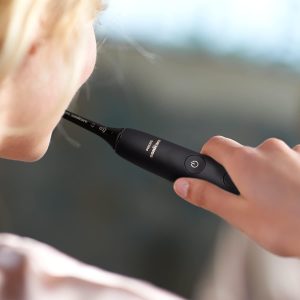
Another of the most important differences between ProtectiveClean brushes and advanced models has to do with connectivity. T he ProtectiveClean does not have Bluetooth, so it is not possible to pair it with the Philips Sonicare app. On the other hand, both the ExpertClean and the DiamondClean support Bluetooth versions that are higher than version 4, so they can connect with the app. Thus, we can check personalized cleaning routines and suggestions, in addition to seeing interesting tips that we can apply in our daily cleaning.
It should also be noted that ExpertClean and DiamondClean toothbrushes are compatible with Android phones, iOS 7 or higher, and iPhone 4S or higher. In the case of tablets, they support tablets that have Bluetooth 4.0, as well as third generation iPads or higher.
Which Philips Sonicare electric toothbrush is more interesting?
To choose which toothbrush to choose, the first thing we ask ourselves is whether we want a more basic model or a more complete one. If you prefer a simpler model, the Philips Sonicare ProtectiveClean is a better option, because it has the same sonic technology as its rivals but, as it has fewer features and fewer modes, it is cheaper.
Now, if you prefer one of the two more advanced models, the question is whether it is essential for you to have the charging cup or not. Basically, because it is the only reason why we would encourage you to choose the Philips Sonicare DiamondClean, since, in the rest of the features, they are identical. On the other hand, the DiamondClean is a little more expensive, precisely because of this additional accessory. Of course, if the charger cup is not significant for you, it seems to us that the ExpertClean has a better quality-price ratio, because it has the same technological functionalities and is equipped with 2 heads.
Therefore, think about what your limitations and preferences are and, based on them, choose. What you can be clear about is that the three electric toothbrushes share the same technology, so, when it comes to dental cleaning efficiency, all three give very good results.

